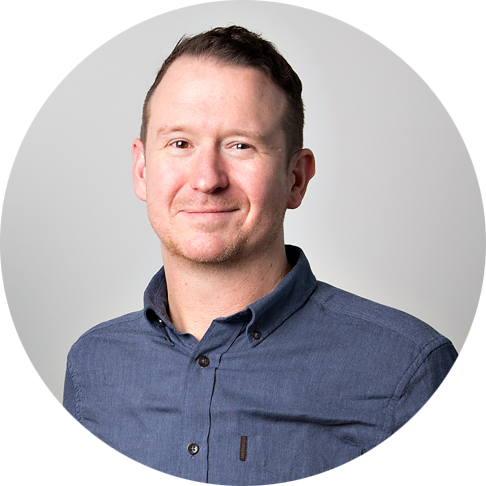Toby Shaw, Director of Marketing and PR at Celebrity Cruises shares his experience of using the ID Comms pitch process.
Pick up the trade press and you’ll hear about the big spenders, the brands who spend tens or even hundreds of millions of pounds on media. The reality is that most brands don’t spend anywhere near that amount.
A good estimate is that of the 100 odd media pitches that take place every year in the UK, roughly 70 per cent are for brands spending less than £8m, the level at which employing a pitch doctor becomes affordable.
Celebrity Cruises is one of those brands. Our media spend is around £5m and that also means that we don’t have in-house expertise in media within our marketing team.
That wasn’t the case in my previous roles at Nestle, Heineken and Sony, all of which had experienced media directors who managed the complex relationship with media agencies.
Without that backup, Celebrity Cruises needed to take a different approach when we reviewed our media to ensure we got the agency we needed to shake up our approach to media rather than simply reduce our media costs.
The three-month process that we’ve just been through – resulting in the appointment of Goodstuff – has highlighted many positives for me and my team.
First, it’s reinforced the need to make our media relationship our primary focus. In my days in FMCG it was often the creative agency that held this role but I now believe it needs to be the media agency.
Second, it’s helped us build our marketing team. Because we don’t spend enough to have a dedicated media resource, everyone got intimately involved in writing the brief and answering questions from agencies competing for our task. This has not only boosted media knowledge but also enabled us to form strong bonds with the agency we appointed, before we actually started working with them.
Third, it’s highlighted the power of process to lead us to the right decision. Because our process was so robust we were confident about what we recommended to our board.
So how did we manage to achieve all this, given that none of us had run a pitch before and we didn’t have any media experts in our team.
The smartest thing that we did was to look for a new form of outside help on our pitch. Because we don’t spend enough on media to justify a full-time pitch doctor, what we did was license a pitch process from people who knew media inside out.
ID Comms provided us with their process, timescales and a key explanation of all the complexities of media, particularly in the area of remuneration. That expert primer enabled us to ask the right questions and demonstrate that we had a clear idea of what we wanted.
They also provided us with a long-list of agencies that we should consider approaching; agencies that didn’t have conflicting clients, were likely to be well placed to answer our brief and also fitted with our culture.
My advice to marketing directors in a similar position is to seek some form of outside help. You need someone who has their finger on the pulse of how agencies are changing, who’s new and who’s leaving, as all these things can change the feel of an agency.
We committed a day a week to the process and the toughest bits were at the start and finish. Sifting properly through that initial line up and reducing it down to a more manageable shortlist to interrogate in detail was tough. Some agencies made it easier than others by not being able provide information to deadlines.
The other tough challenge was understanding all the agencies’ remuneration proposals. Although we’d asked them to work it out in a specific way, they all included different elements of overheads, for example, in different places, making it challenging to create a way of comparing like to like.
After all this work the moment of truth is about to arrive. Our first campaign launches at the end of December and represents a significant step change in our approach.
We have a clear strategic role for each medium. We are spending less money, aiming for fewer, more targeted impacts and more sales and our agency’s rewards are now much more closely aligned with our business goals.
Our pitch has been an all-round success.
This article was originally published in More About Advertising on the 1st of Dec-2014





COMMENTS